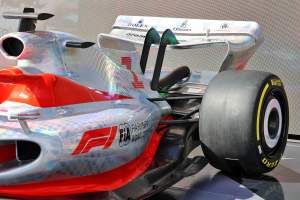Up Next

With Formula 1’s 2022 rules revolution approach rapidly, Haas is too often ignored when it comes to discussing the potential for a leap forward in competitiveness.
While recent seasons have been poor for it, there are reasons for cautious optimism heading into next year.
Haas is on course to finish a distant last in the constructors’ championship for the first time in 2021 having failed to score a single point.
But team principal Guenther Steiner argues it is realistic to expect Haas to rejoin what is expected to be a tightly packed midfield next year – albeit with the caveat that, like all teams, it’s impossible to judge what level the opposition will be at given next year’s clean sheet of paper.
“When I see the progress we are making in the development, it’s promising but it keeps me humble that I have nothing to compare with,” said Steiner. “Hopefully, we can be midfield but where in the midfield I have no idea.”
This is a realistic objective rather than blind optimism for Steiner and Haas as there are good reasons to expect an upturn in performance next year given the unique challenges of recent years.
Haas’s struggles
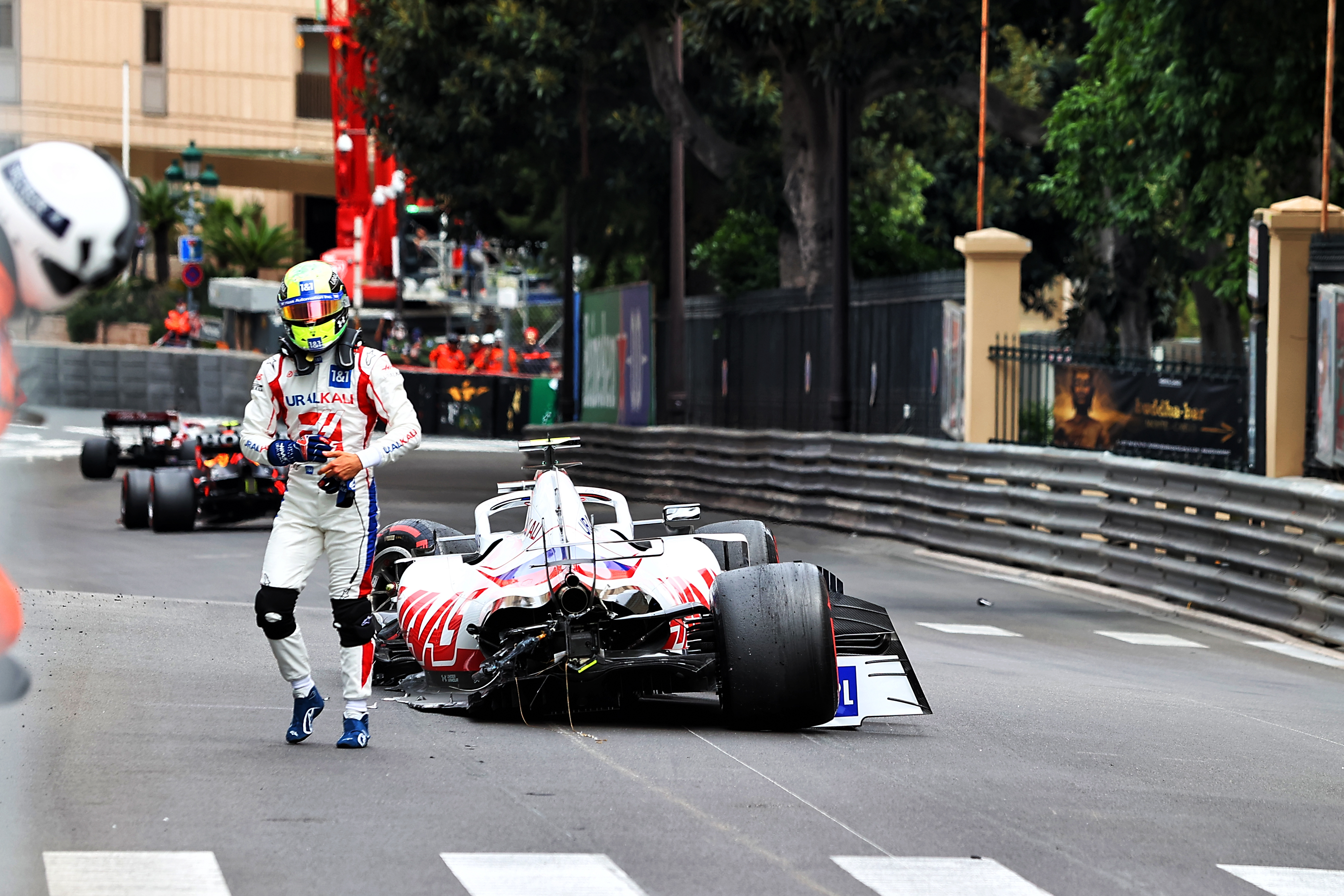
Haas has struggled recently, scoring a paltry three points in its last 37 races. That slump can be traced back to its 2019 problems when it had a car with a strong front end but a fundamental aerodynamic problem that led to the rear aero stalling in low and medium speed corners.
This not only made it difficult to drive, but also accelerated tyre degradation.
It took time for Haas to diagnose the problem, but having solved it with the 2020 car, the COVID-19 pandemic hit and effectively made both last season and ’21 a write-off. The resulting financial uncertainty led to upgrades that had been designed never being manufactured and ongoing development work being abandoned.
With team owner Gene Haas at least signing up to the new Concorde Agreement to commit the team to F1 for 2022, the pragmatic decision was made to invest as little as possible in this year’s car in order to focus on the crucial 2022 car. Effectively, Haas wrote off the campaign – Steiner prefers the term “transitional season” – trading the chance of a slender gain this year for the potential of a vastly bigger one next year.
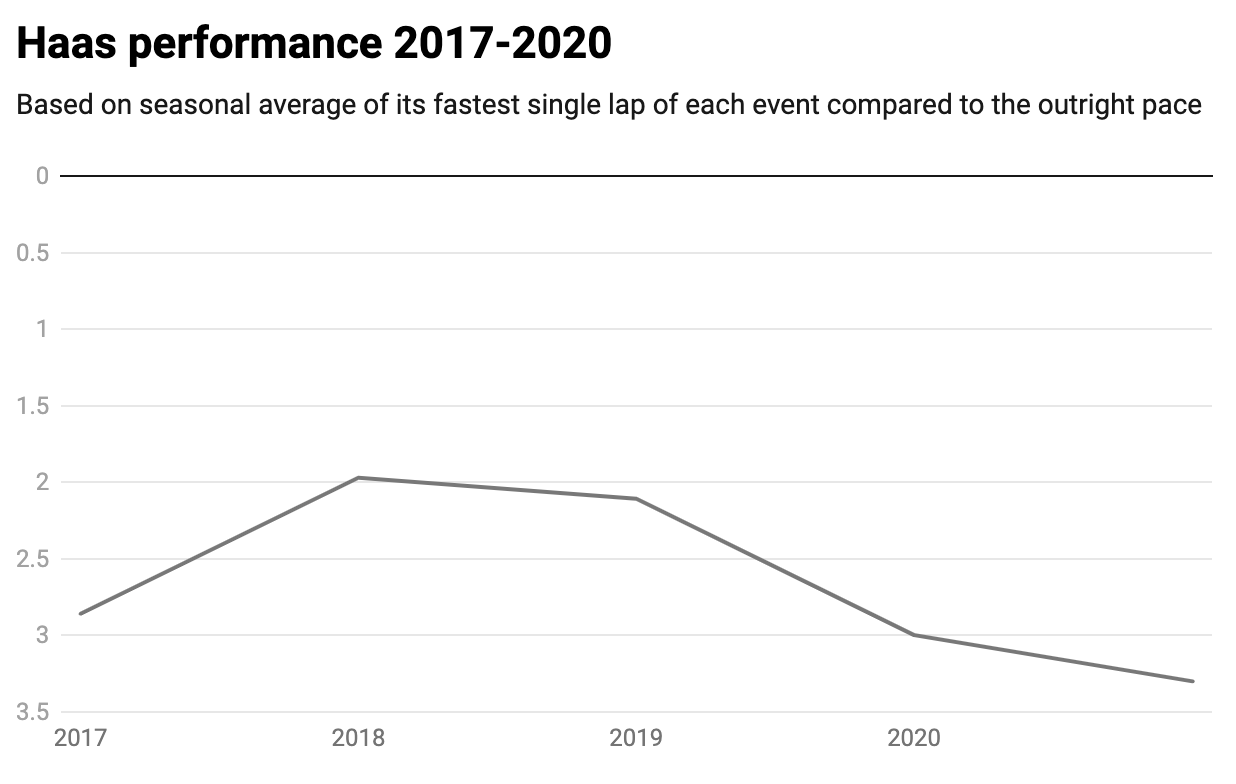
Before things started to go wrong in ’19, Haas became F1’s most successful new team since Sauber’s debut 23 years earlier by finishing sixth on its debut in the 2016 Australian Grand Prix with Romain Grosjean. Two years later, it finished fifth in the championship and had the fourth fastest car on average over the season prior to this latest slump.
Since 2018, the strength of its technical organisation has grown, meaning that there’s no reason why it can’t aspire to be a competitive midfielder once again.
Ferrari advantages
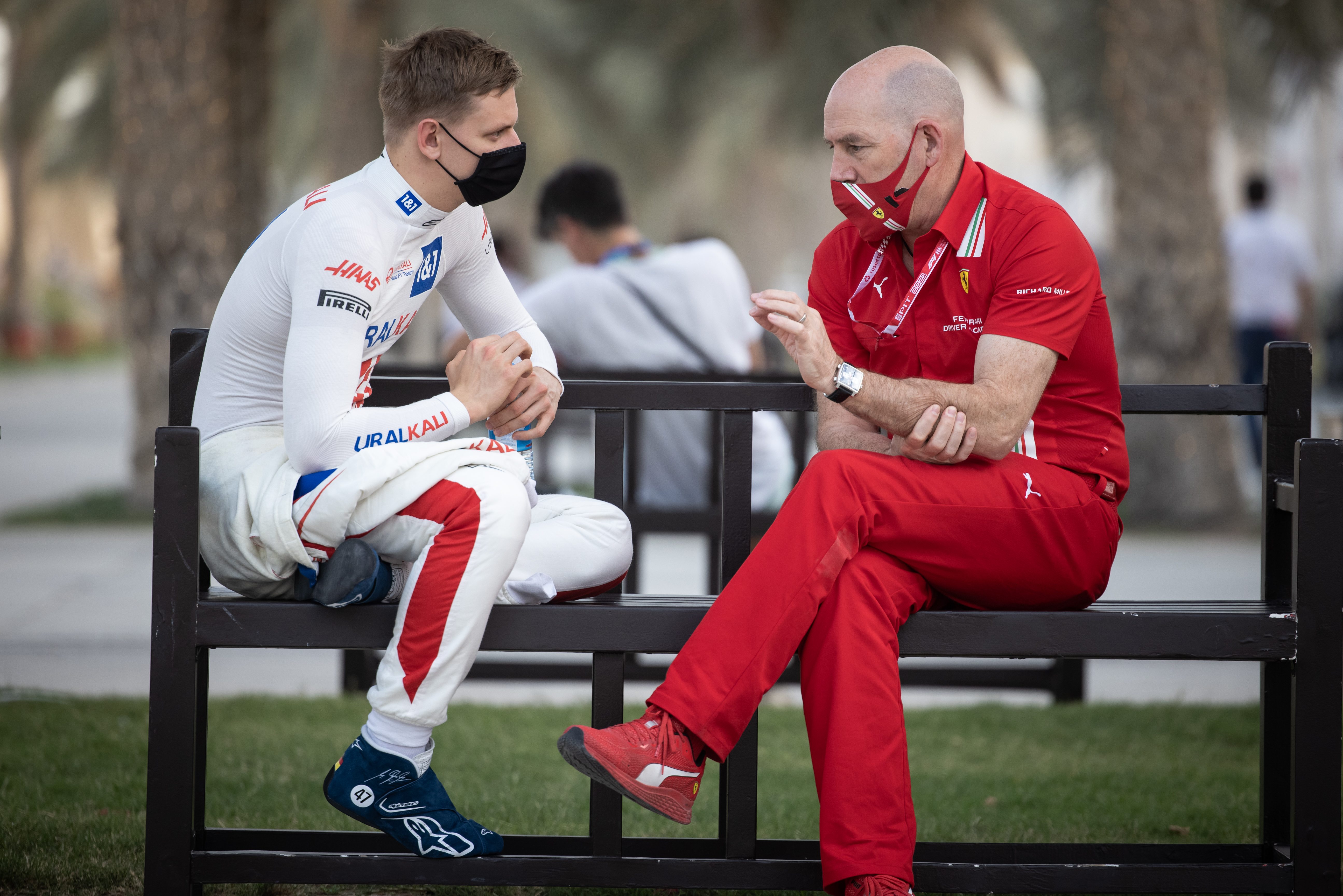
Haas’s technical partnership with Ferrari continues in 2022, meaning it has a supply not only of power unit and gearbox but much of the rest of the car. Its deal covers items outside of what are called ‘listed team components’ in ’22 – the parts a team must design, manufacture and own the intellectual property of.
These will be to the latest specification and mean that Haas can focus its resources on key performances areas such as the aerodynamics. Effectively, it’s leaning on the resources of mighty Ferrari – albeit paying a huge sum for the privilege.
This is a practical necessity for a team that does not have the capacity to produce many of the countless components that comprise an F1 car. But it gives it what should be a strong foundation mechanically and in terms of reliability, while leaving plenty of potential for stamping its own imprint on the car.
There will be unavoidable similarities with Ferrari given commonality of some structural components, with the more prescriptive rules further augmenting that effect. So the overall car concept will be much the same. But there cannot be aerodynamic collaboration so Haas is on its own with that even though it shares Ferrari’s windtunnel.
The one question mark hangs over the Ferrari power unit package. It lags behind Mercedes and Honda this year – although it’s on a similar level to Renault – but has aggressive targets for next year that it hopes will not be giving anything away to its rivals.
Technical structure
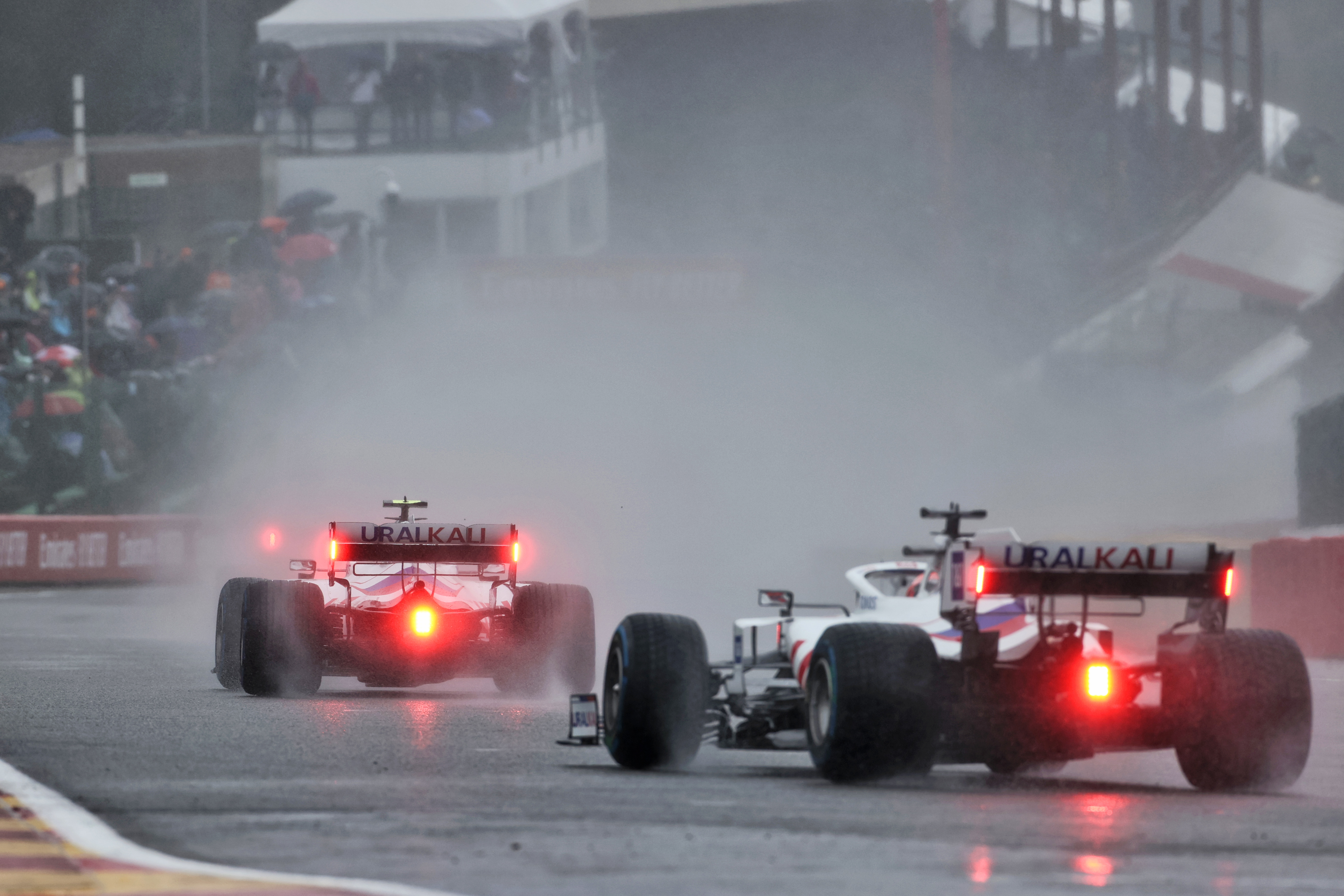
The fundamental composition of Haas in terms of the reliance on Ferrari and contribution on the design side from Dallara remains in place, but it has evolved recently.
It now has a facility at Ferrari’s Maranello base, albeit one that is run by Haas itself, under the leadership of technical director Simone Resta. He joined the team from Ferrari for this season and has headed up the next step in the team’s evolution. It allows Haas to take on a greater share of the aerodynamic design work from Dallara, which remains involved but with a diminished role.
Tied in with this is a restructure of the personnel under Resta, with changes including former aerodynamics head Ben Agathangelou becoming head of engineering operations and former chief race engineer Ayao Komatsu becoming director of engineering among the moves in the reshuffle.
Team owner Haas visited the new facility for the first time before the Italian Grand Prix weekend in September, accompanied by Steiner.
“It was good to visit everything with Gene and show him what we have done in the short time since we reignited from last year,” said Steiner. “The progress is very good.
“It feels very similar to when we were in 2015-16 developing and going flat out. It’s not that I can say next year will be better – hopefully it will be – but even if we are not immediately at the level we think we know we have got the capability to bring us there.
“It’s continuous development and sometimes you get things wrong and it’s maybe two or three years before they connect, but we know we’ve got the staff to go into the future like we were in ’16-17 and then at the end of ’18 in the top five of the championship.”
Are the drivers up to it
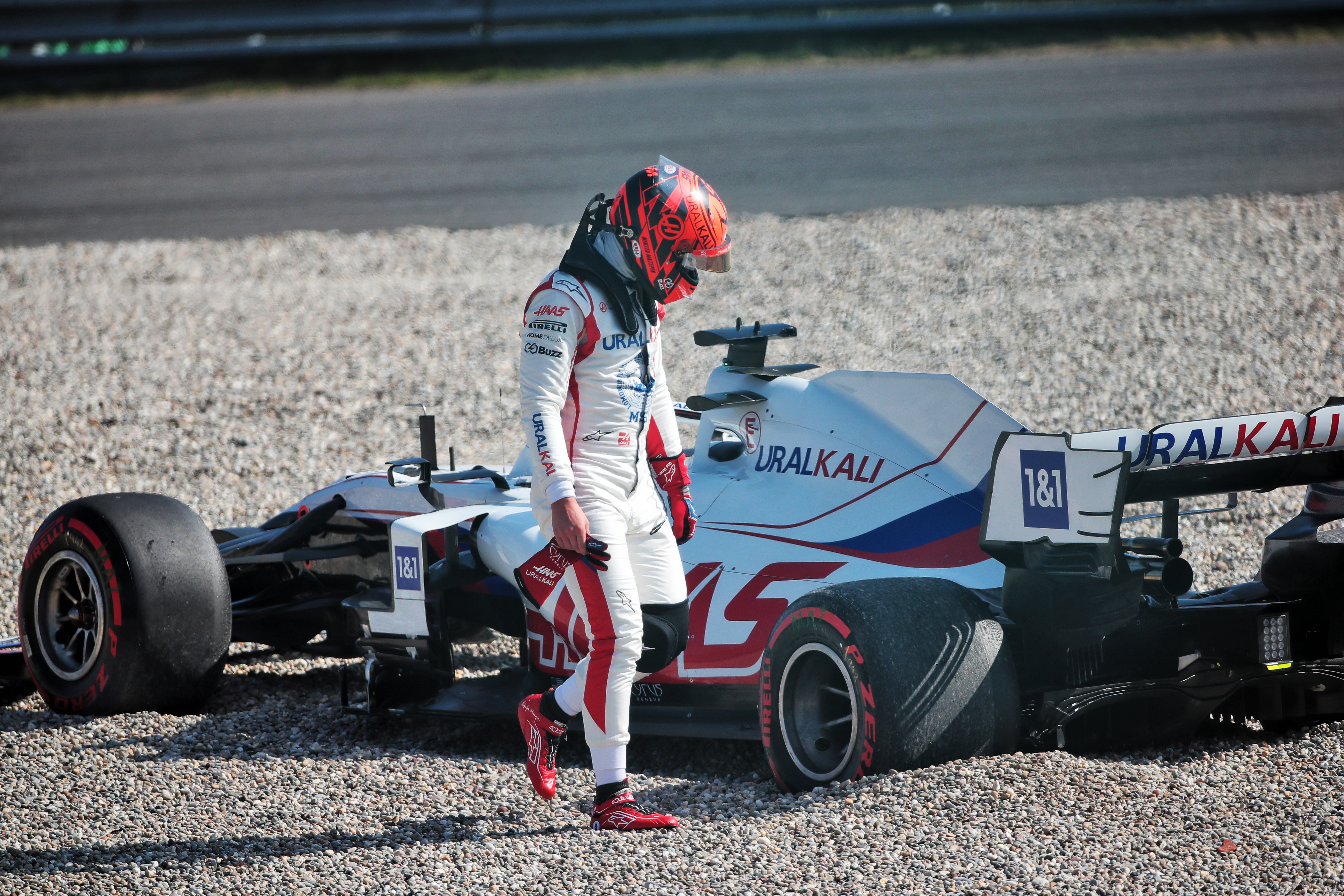
The obvious weakness for Haas in 2022 is its driver line-up. Mick Schumacher has had a solid enough rookie season, while team-mate Nikita Mazepin has struggled but with signs of his underlying pace improving since the August break.
Given the quality of the opposition, with relatively strong line-ups throughout the grid, this is a concern but both drivers have focused on building experience this year so at least go into 2022 with a full season of knowledge under their belts.
“They both are learning a lot,” said Steiner. “You will never admit it when you start in F1, you think you know everything, but 10 races later you realise how little you knew when you started and that will go on for a while with young drivers like this.
“There will be a few years of learning but they are now in a good position, they learn all the processes. Our aim is to have drivers that will stay for more than one year because it takes a long time to get used to this, especially when you’re a rookie.
“We are in a decent place next year with the drivers.”
Schumacher is placed at Haas by Ferrari, while Mazepin comes along with the lucrative title sponsorship from Uralkali, his father’s company.
What to expect from Haas
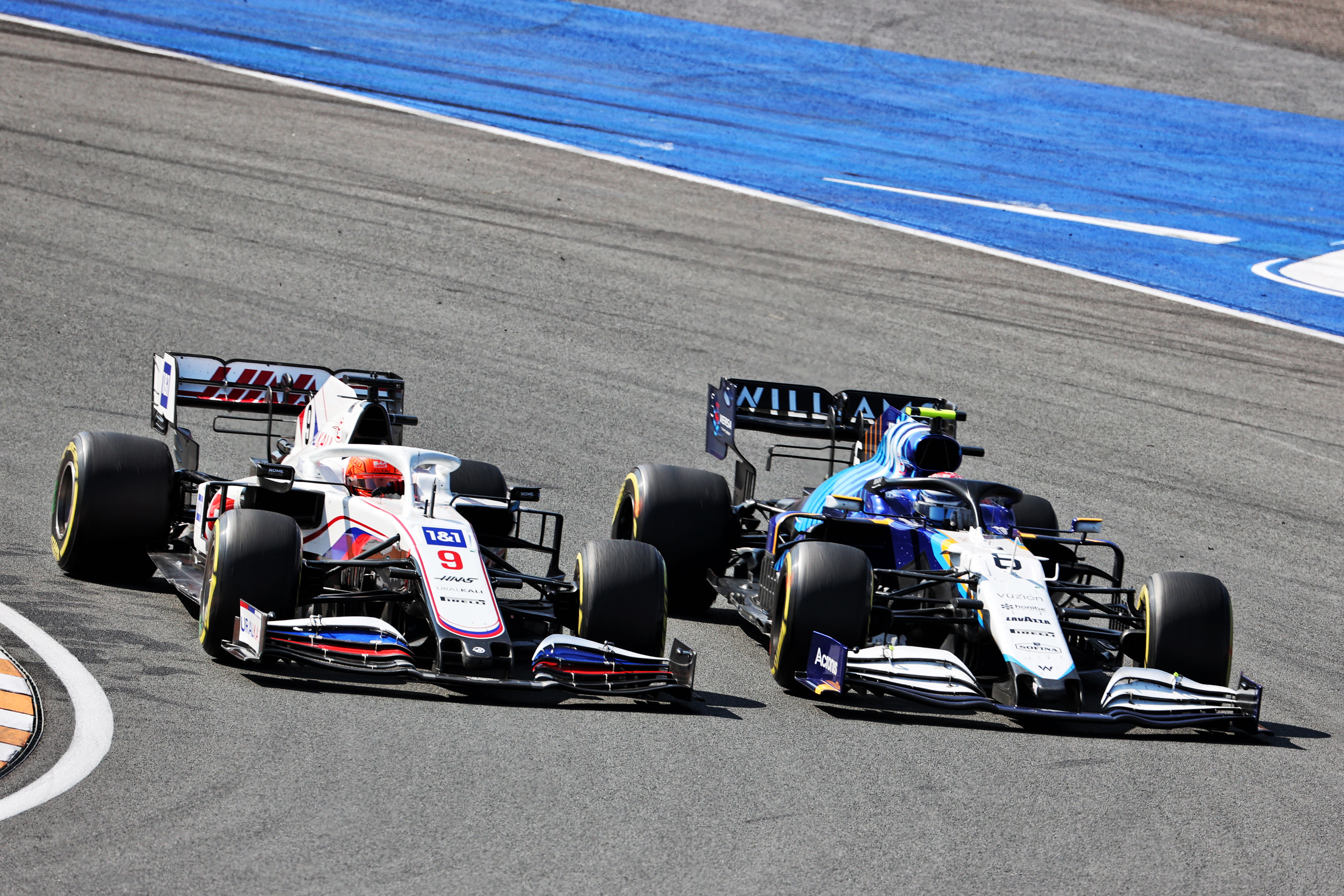
It’s impossible to know how competitive Haas will be. But what we can be sure of is that the team shouldn’t be written off as if its natural place in the competitive order is the back of the grid.
Don’t expect miracles from Haas in 2022, but there are plenty of reasons for it to be stronger and, in the long term, recapture the form that once made it a consistent top-10 runner.
Whether it does that depends on the quality of job being done by its new technical set-up and its drivers.


